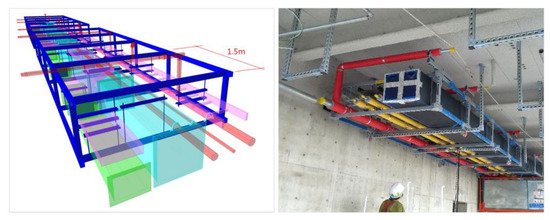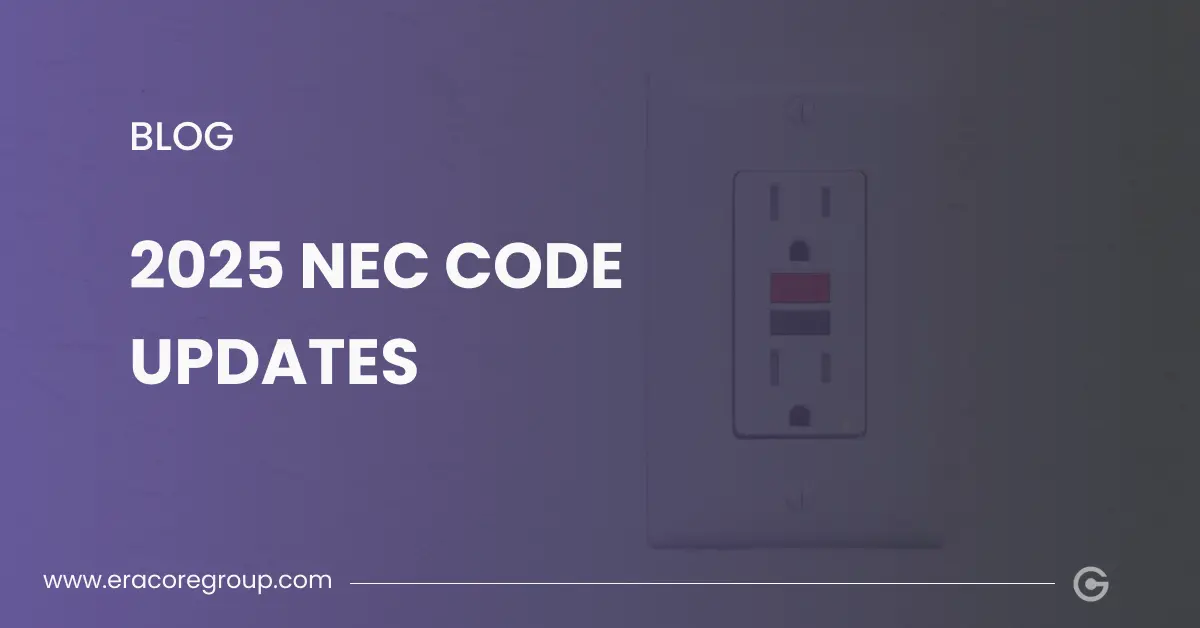In the increasingly digitized landscape of modern design and engineering, building a strong Computer-Aided Design (CAD) team has become pivotal.
Not only does an efficient CAD team drive innovation and streamline processes, but ensuring every design is code-compliant is crucial for successful implementation.
This article will guide you through the essentials of assembling a code-compliant CAD team that combines efficiency with regulatory compliance by drawing insights from expert experiences and industry research.
Table of Contents
The Core of an Efficient CAD Team
Define Clear Objectives and Roles
The first step in establishing your team is defining clear, measurable objectives that align with your organization’s broader goals. By setting these parameters upfront, you keep the team focused and motivated.
Create specific roles within the team, such as CAD managers, designers, and draughtsmen, tailored to meet these objectives. Each role should have distinct responsibilities but also encourage collaboration.
Recruit Talented and Open-Minded Professionals
The success of your CAD team heavily relies on the capabilities of its members. When recruiting team members, look for individuals with a strong technical background and a keen sense of detail.
However, beyond technical prowess, prioritize those who exhibit a willingness to learn and adapt. The CAD landscape is ever evolving, and an open mind is as valuable as any skillset.
Invest in Continuous Training and Development
Technological advancements in design software and methodologies make continuous learning essential. Invest in regular training sessions and workshops to keep the team abreast of the latest CAD tools and techniques. Partnering with software providers to access customized training modules can enhance this aspect of team development.
Foster Effective Communication
A CAD team thrives on collaboration, which depends on robust communication channels. Regular meetings and updates ensure everyone is on the same page and ideas are freely exchanged.
Utilize collaborative tools like Slack or Microsoft Teams to maintain transparency and accessibility. Encourage an environment where feedback is constructive and valued.
Leverage Advanced Tools and Technologies
An efficient CAD team is powered by the tools they use. Ensure your team has access to the latest CAD software that enhances productivity and accuracy.
Consider solutions like AutoCAD, SolidWorks, or Revit based on the industry focus. Advanced team members should be skilled in these platforms to maximize their potential.
Ensuring Compliance: A Fundamental Element
Understand the Regulatory Landscape
The foundation of a code-compliant CAD team is a thorough understanding of the regulatory landscape. Depending on your industry, be it construction, aerospace, or automotive, different regulations apply.
For instance, the building industry must adhere to local codes and international standards like the IBC, NEC, and IECC ETC. Familiarize your team with these regulations to ensure all designs are legally compliant.
Develop a Compliance Checklist
Integrate Compliance into Design Software
Many CAD platforms offer or can be customized with compliance features. Leveraging these features can vastly improve the team’s efficiency in meeting code requirements.
Set up these tools to automatically check for violations and provide suggestions for corrections. This integration minimizes the risk of non-compliance and saves time when reviewing designs manually.
Assign a Compliance Leader
Designate a compliance leader within your team to oversee adherence to regulations and standards. This role can be assigned to a senior team member with an extensive understanding of local and international codes. The compliance leader will keep the team informed about any changes in regulations and manage the compliance aspect of every project.
Creating a Collaborative Environment
Cultivate Team Culture
Promote Interdisciplinary Collaboration
Encourage Flexibility and Adaptation
An efficient CAD team is also resilient. Empower team members to suggest and implement new ideas. Encourage adaptation to changing project requirements or sudden industry developments.
By fostering a flexible mindset, your team will be better prepared to face challenges head-on and adapt without losing momentum.
Evaluate and Optimize Regularly
Establish Key Performance Indicators (KPIs)
Set clear KPIs to measure your team’s performance actively. Metrics such as project turnaround times, error rates, and compliance checks can provide insight into the team’s efficiency and areas for improvement.
Regular evaluations based on these KPIs can guide training initiatives and process optimizations.
Encourage Feedback and Iterate
Welcome and act upon feedback at all levels of the organization. Implement processes where feedback is routinely collected, analyzed, and incorporated into workflow adjustments.
By iterating feedback, your CAD team can continue to evolve and maintain high levels of efficiency and compliance.
Foster a Culture of Recognition
Recognizing the hard work and achievements of team members can boost morale and motivation. Spotlight team successes, no matter the size, and provide incentives for meeting targets and maintaining compliance. This positive reinforcement fosters a culture of excellence and dedication within the team.
Conclusion
Building an efficient and code-compliant CAD team requires a strategic approach that balances technical proficiency with regulatory awareness. Clear objectives, continuous training, top-notch tools, and a collaborative culture lay the groundwork for success.
By making compliance an integral part of the design process and fostering a dynamic team environment, you’ll be poised to drive your projects to success while navigating any regulatory challenges that arise.
Remember, the efforts you invest in today will shape a team capable of leading your organization into the digital future with confidence and excellence.
At Eracore, our skilled and scalable team of CAD designers and drafters provide tailored solutions that ensure project profitability and design accuracy.






